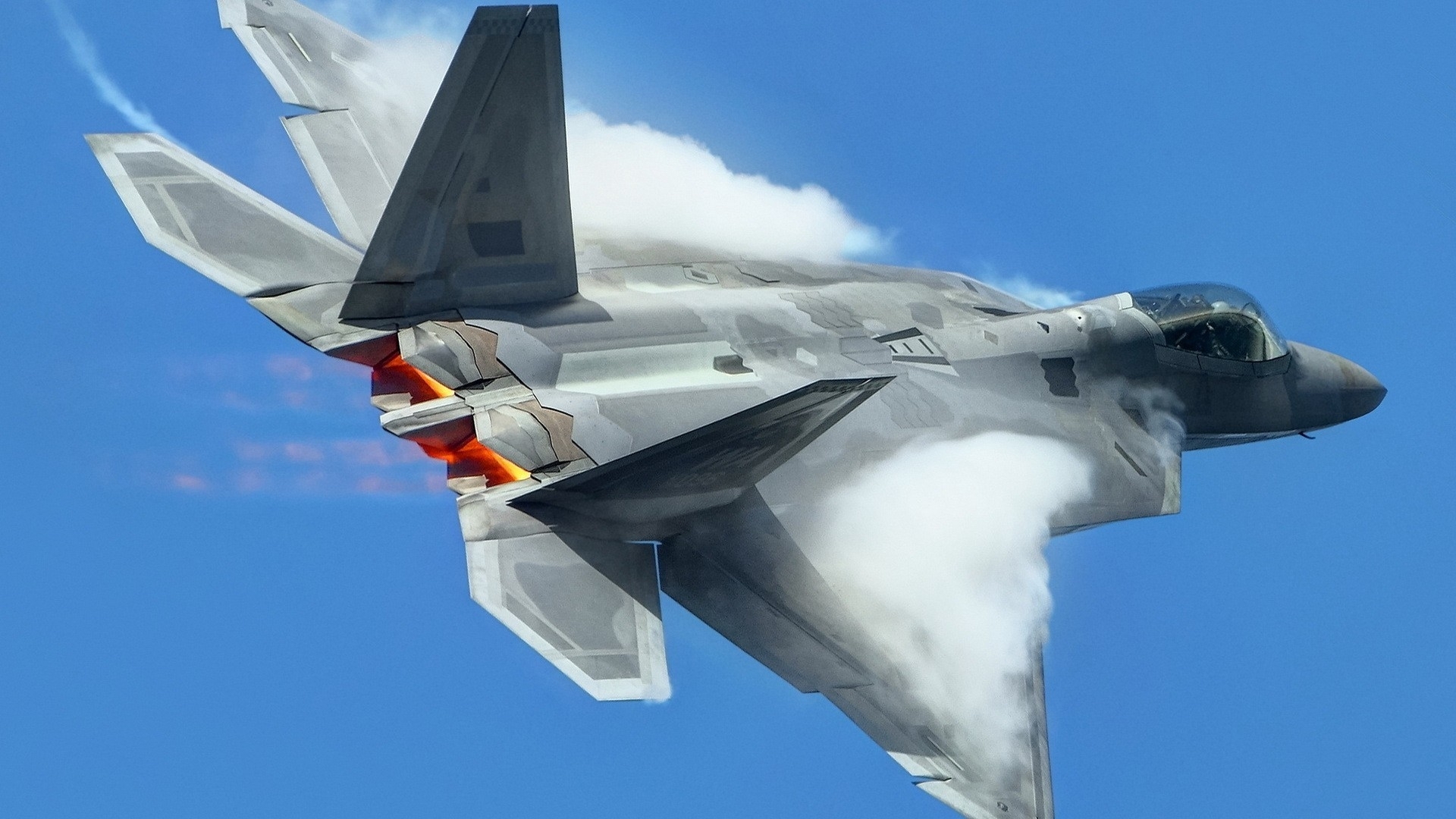The F-22 Raptor, often referred to as the world’s most advanced fighter jet, stands as a testament to the cutting-edge technology, innovation, and excellence in engineering that the United States has achieved in the realm of military aviation. Designed primarily for air superiority, this formidable aircraft has redefined the standards of aerial combat capability, combining stealth, agility, and unmatched performance in a single sleek package.
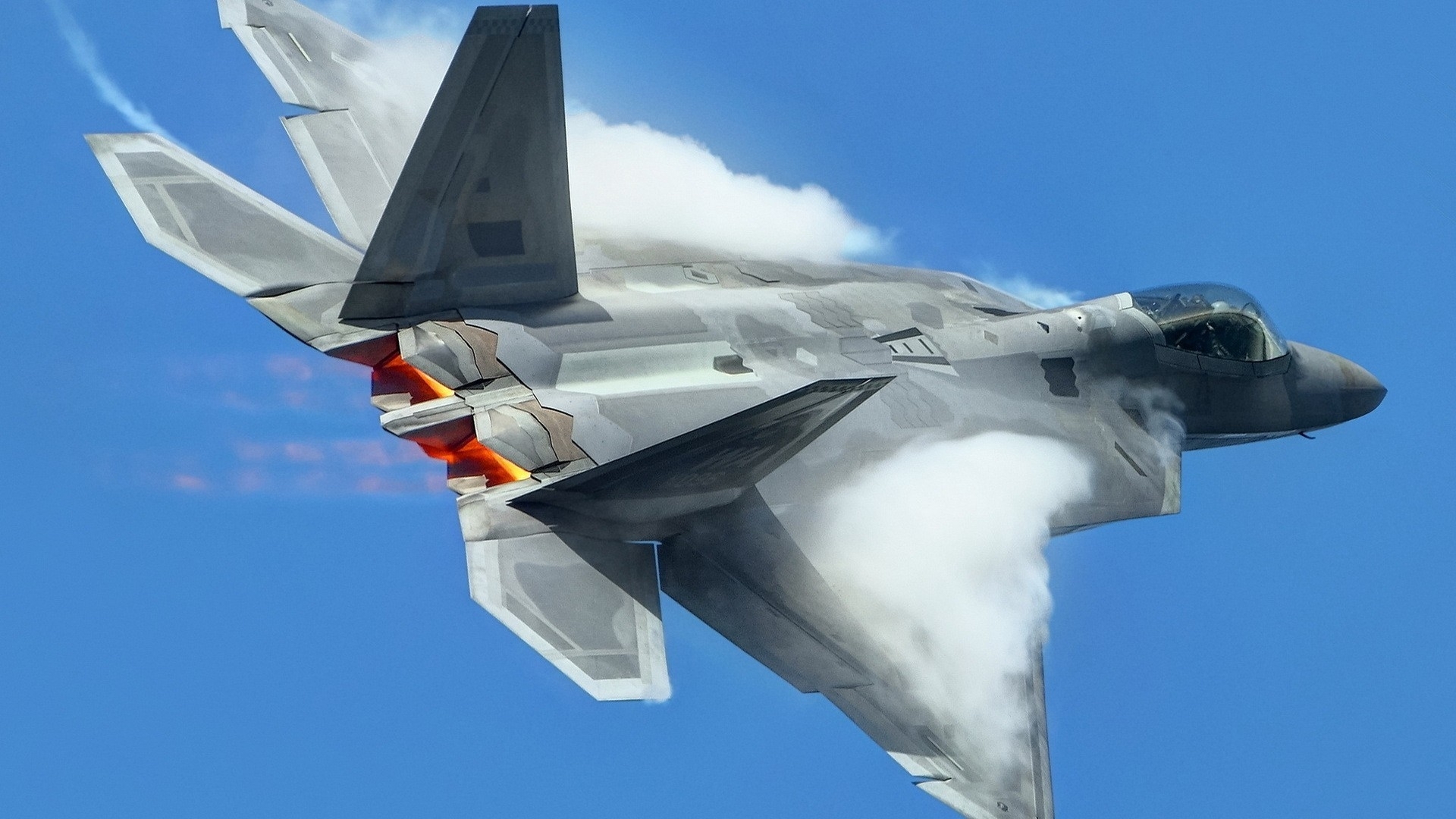
Origins and Development
The F-22 Raptor is the result of years of research and development by Lockheed Martin, with its first flight taking place in 1997. It officially entered service with the United States Air Force (USAF) in 2005, replacing the aging fleet of F-15 Eagles as the premier air superiority fighter. The F-22 was born out of the need to maintain air dominance in the face of increasingly advanced threats, including emerging fifth-generation fighter aircraft.
Stealth Technology
One of the defining features of the F-22 is its stealth technology, which allows it to operate virtually undetected by enemy radar. The aircraft’s shape, radar-absorbing materials, and advanced radar-absorbing coatings contribute to its ability to penetrate deep into hostile territory without being easily detected. This capability enables the F-22 to engage and eliminate adversaries before they even realize it is in their airspace.
Supercruise and Speed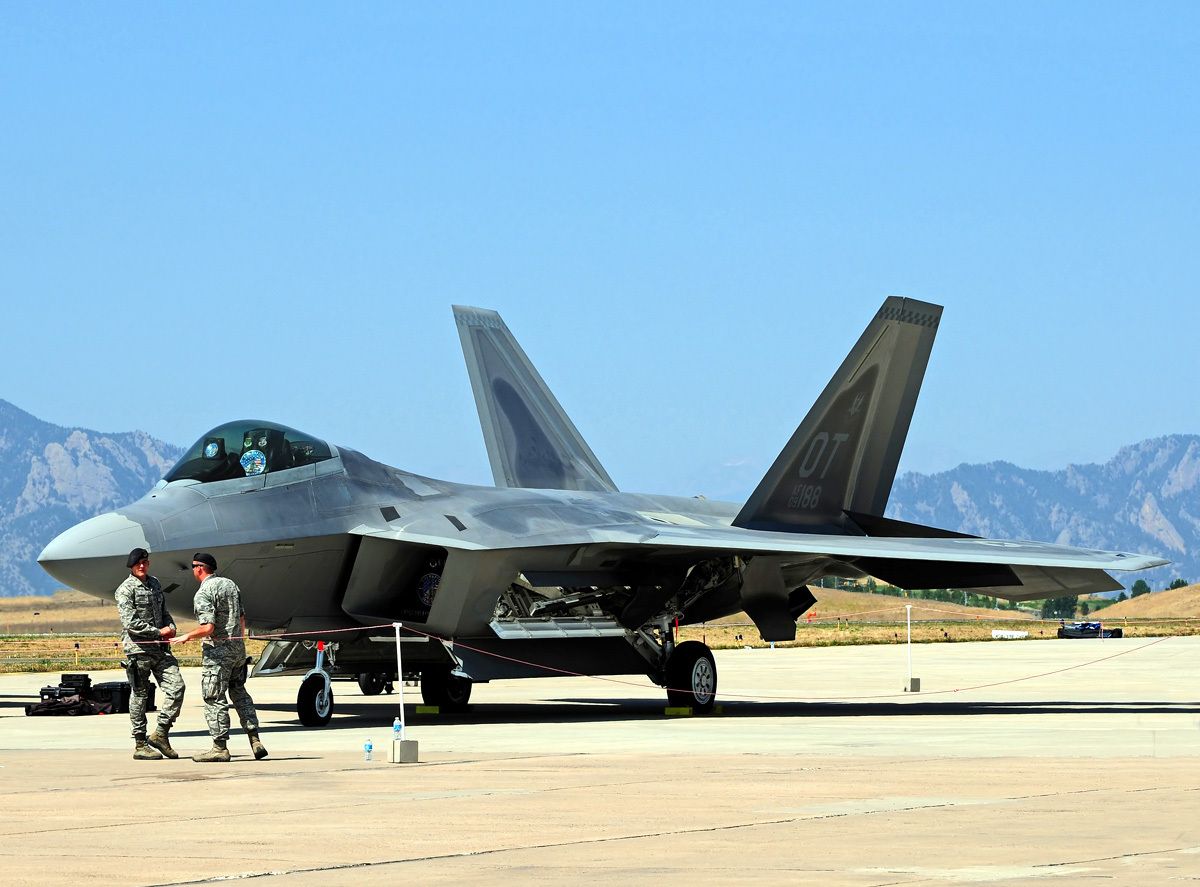
The F-22 boasts a powerful engine, the Pratt & Whitney F119-PW-100 turbofan, that provides it with the ability to supercruise, meaning it can maintain supersonic speeds without the need for afterburners. This not only conserves fuel but also enhances the aircraft’s overall efficiency and combat persistence. The Raptor can reach speeds of Mach 2 or roughly 1,500 miles per hour.
Agility and Maneuverability
In addition to speed, the F-22 Raptor is known for its exceptional agility and maneuverability. It can execute impressive air-to-air and air-to-ground maneuvers, making it a highly versatile aircraft. Its thrust-vectoring nozzles and advanced flight control systems allow for tight turns, sudden changes in direction, and quick responses in combat situations.
Avionics and Sensors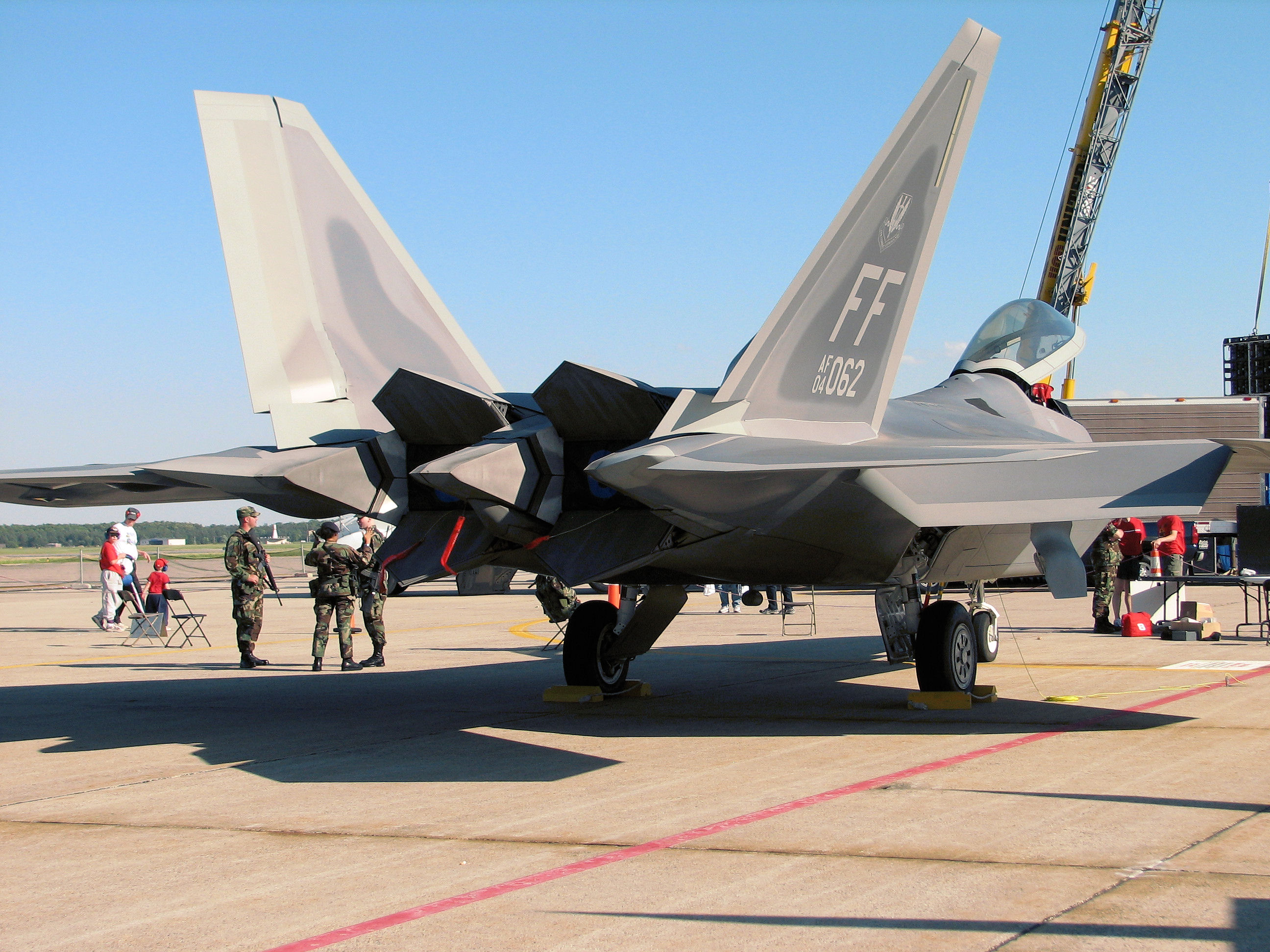
The F-22 is equipped with a sophisticated array of avionics and sensors, including the AN/APG-77 radar, which has a long detection range and high-resolution capability. The integrated avionics suite provides the pilot with unparalleled situational awareness, allowing for rapid decision-making and effective mission execution.
Combat Effectiveness
The F-22’s combat effectiveness extends beyond its ability to engage and destroy enemy aircraft. It can also perform precision strikes on ground targets, electronic warfare, and intelligence, surveillance, and reconnaissance (ISR) missions. Its versatility in multi-role capabilities enhances its value on the modern battlefield.
International Impact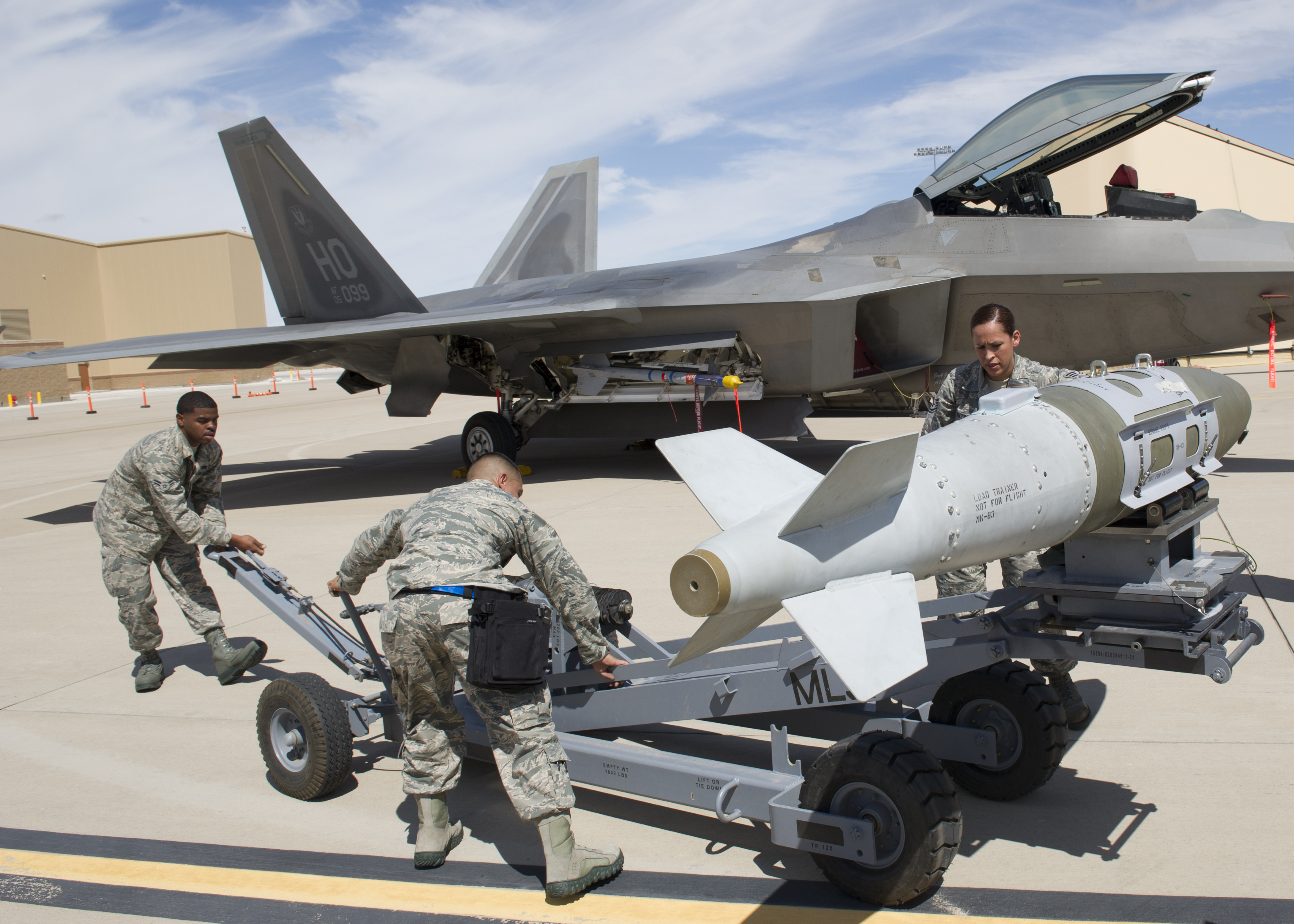
The F-22 Raptor is not only a symbol of American air power but has also influenced the development of other fifth-generation fighter aircraft worldwide. Its success has encouraged other nations to invest in similar capabilities to maintain air superiority.
Despite its remarkable capabilities, the F-22 Raptor program faced challenges and limitations, leading to a relatively small fleet of these aircraft being produced. Budget constraints and evolving strategic priorities have limited the number of Raptors in the USAF inventory.
In conclusion, the F-22 Raptor represents a pinnacle of air superiority, blending stealth, speed, agility, advanced avionics, and multi-role capabilities in a single aircraft. Its influence on modern air combat is undeniable, and its legacy as a technological marvel in the world of aviation will endure for years to come. While its numbers may be limited, the F-22 Raptor stands as a symbol of American military innovation and the pursuit of air dominance in the 21st century.

